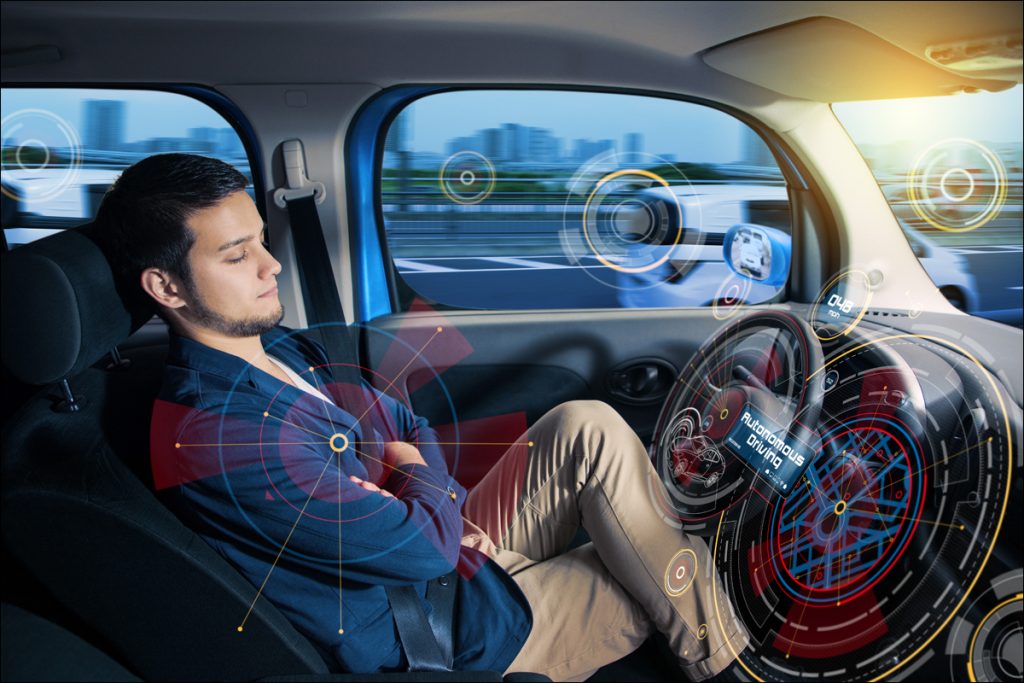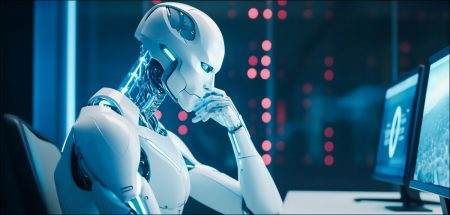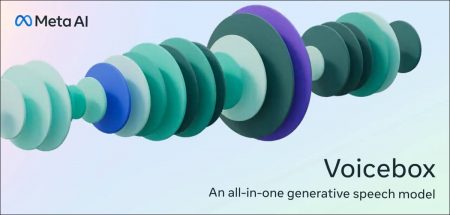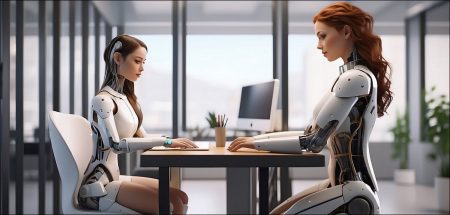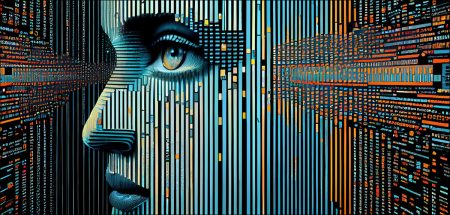A fully autonomous car was a dream AI experts predicted would arrive almost a decade ago, yet it is proving to be a problem too hard to crack even for the best minds in the world finds out Satyen K. Bordoloi
Elon Musk is considered a genius except in this viral montage video of him promising a fully autonomous car every year from 2014 to 2021.
In 2014 he says, “A Tesla car, next year will probably be… 90% of your miles can be on auto.” In 2015: “We’re probably only a month away from having autonomous driving.” The video goes on till 2021. Interestingly, 10 days after this video was posted on YouTube, Elon Musk made the claim all over again, “I would be shocked if we do not achieve full self-driving safer than human this year. I would be shocked.”
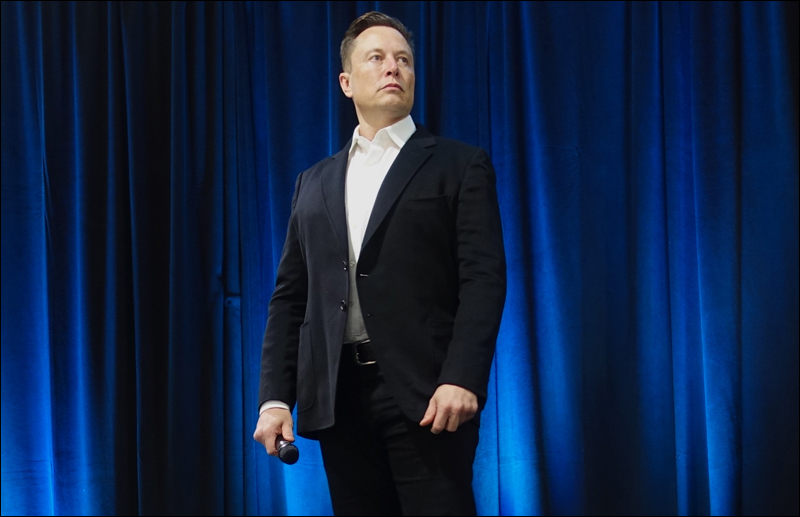
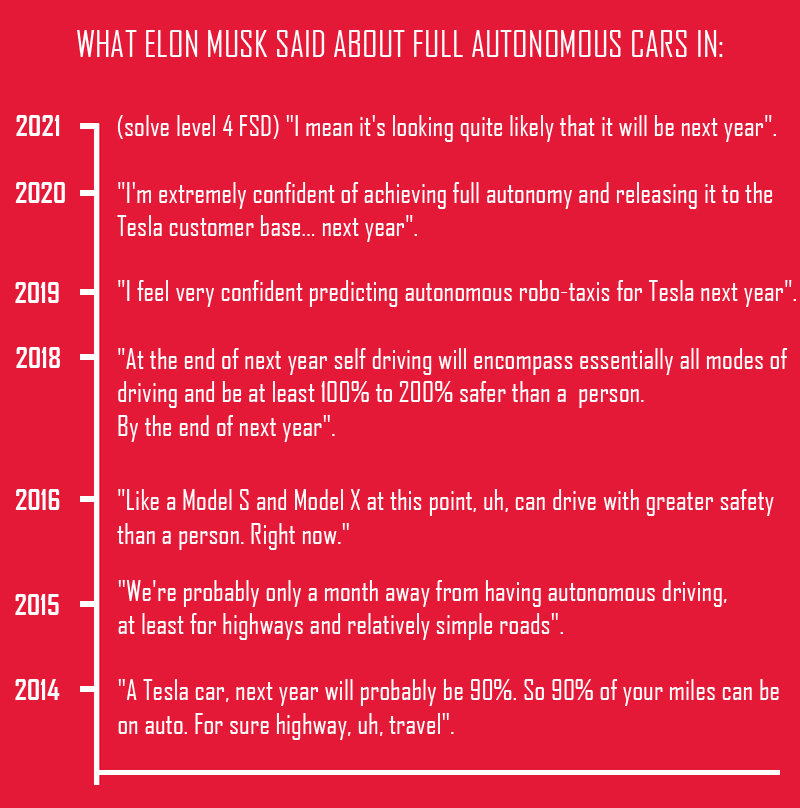
So, is Mr. Musk intentionally lying? Maybe. However, even the other, less flamboyant American companies working on Autonomous Vehicles (AV) like Honda, Toyota, GM’s Cruise and Google’s Waymo – all of whom said they’d launch full AVs by 2020, also missed the deadline. The answer, as with most things AI, escapes simple judgments and grandiose assertions of even alleged geniuses.
Have you ever wondered why there isn’t a single autonomous vehicle start-up in India, though some older companies are indeed working on it? To understand why let me narrate a personal anecdote.
In 2017, the director of a foreign film crew I was assisting in Bangalore, was on the edge of her seat inside our tempo traveler. This was her first visit to India and thus of watching how we navigate traffic. Like with any busy street in India, pedestrians, two-three-four-wheelers, cows, goats, dogs, cats, trucks, loose hanging wires – everything seemed on a direct collision course with our vehicle yet not once did anything hit us in a week even though the filmmaker had bitten off all her nails.
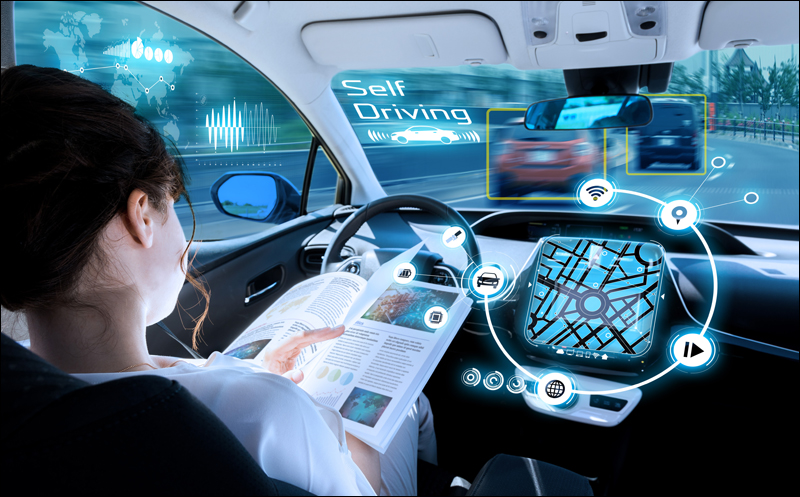
Now imagine instead of a human, an Artificial Intelligence was trying to navigate an Indian street. It would need to take in a whole array of information at once, sort them, calculate their importance and make a decision; and do all of it in a split second. And every once in a while it’d encounter something it had not been trained on.
That is the reason why in 2018, an Autonomous Vehicle (AV) from Uber killed Elaine Herzberg as she crossed an Arizona road with her bicycle. The AV struggled to classify what was in front of it: ‘vehicle’, ‘bicycle’, ‘other’ till about 0.2 seconds before the crash.
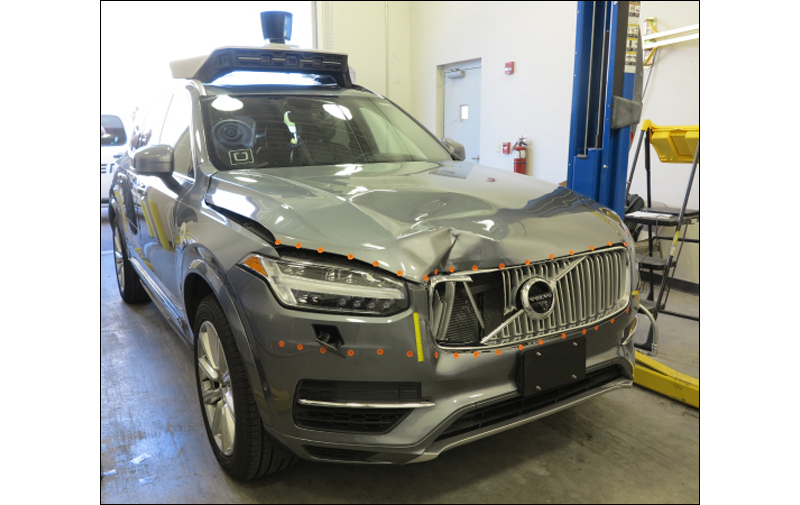
The 20% problem
In a highly informative article in The Guardian, Matthew Avery, director of research at Thatcham Research says that 80% of self-driving is relatively simple like the car sticking to its lane, avoiding obstacles, noticing traffic signals etc. The next 10% involves difficulties like roundabouts, complex junctions etc. However, the last 10% is the difficult bit. “That’s when you’ve got, you know, a cow standing in the middle of the road that doesn’t want to move.” These are called ‘edge cases’ e.g., rare, and unusual events like a ball bounding on the road followed by a child.
This last 20% is where the robot-taxi, AV industry is stuck. The reason why Elon Musk has been failing despite his promises is that Tesla, and others, solved the 80% rather quickly and thus estimated that the rest won’t take long to crack either. However, this is where they were mistaken.
Need a brain to drive well
Let us look at the human brain. It weighs around 1.5Kgs, takes up space less than half of a football i.e. (80 cubic inches or 1,300 cm3 yet can do up to 1 exaFLOP i.e. a million trillion calculations per second, and all while consuming just 20 watts of power. Meanwhile one of the world’s best supercomputers the Tiahne-2 in Guangzhou, China can at best do 55 petaFLOPS i.e. one thousand trillion calculations per second while consuming millions of watts of power.
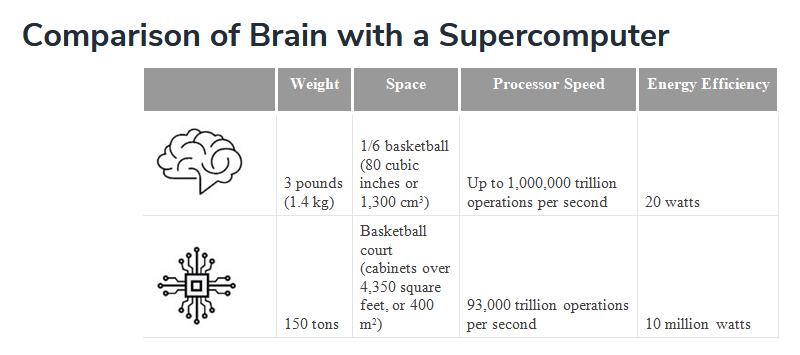
Thus even if you somehow put a supercomputer inside every AV, you’ll still not match the levels of calculation humans can do every second. But more important than just calculations, is the meaning we ascribe to them something to which no supercomputer in the world has come close as it involves consciousness.
Thus, to create a car than can better humans, we have to create a sort of artificial brain that is better than the human brain. The solution to the AV problem will hence come from the many projects trying to mimic the human brain. Most notable among them are IBM’s TrueNorth chip and the Human Brain Project launched in 2013. It will take solving a ton of other problems with AI and applying it to AVs.
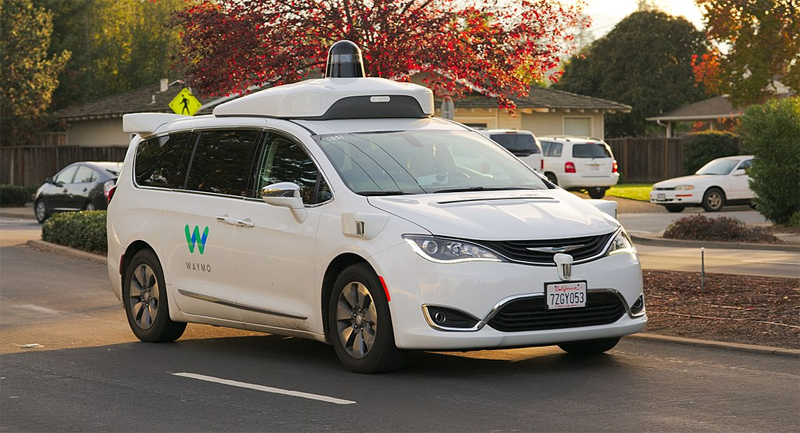
The most successful AV company
That is also perhaps the reason why the company that has perhaps been most successful at Autonomous Vehicles, is one no one even brings to the conversation: farming company John Deere. Their AV tractors have been hugely successful mainly because unlike vehicles on the road, they do not have to deal as much with the last 20% of the problem involved with self-driving cars.
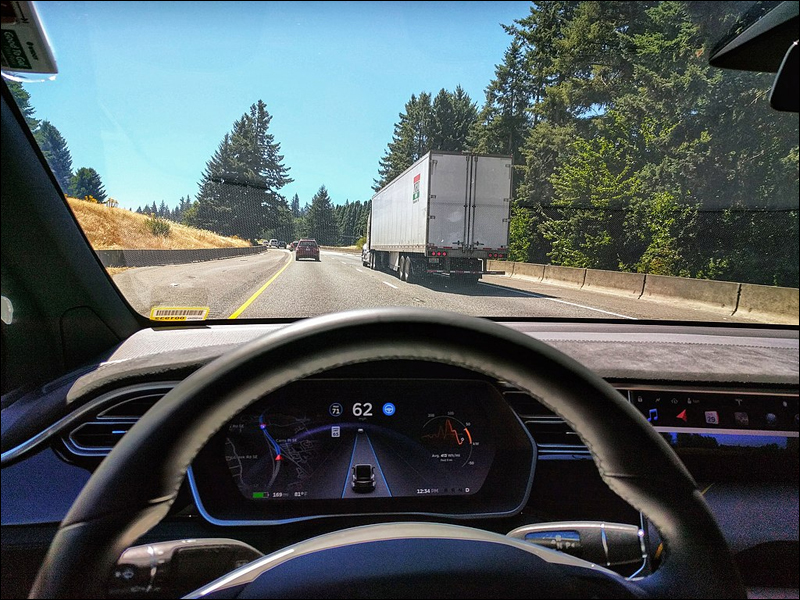
Elon Musk has a peculiar problem. He either overestimates what AI can do saying it is the ‘biggest existential threat’ to humans or underestimates what it would take to make one as his so far unsuccessful self-driving Teslas prove. But his army of fans laps up every word like gospel. Hence whether his AV boasts are marketing gimmicks, he is doing AI and the world a big disservice by merely making them. Being more realistic about them would be far more helpful to everyone.
In case you missed:
- PSEUDO AI: Hilarious Ways Humans Pretend to be AI to Fool You
- Why ChatGPT getting dumber points to old AI problems
- Eye of AI: Why LiDAR is key to future of Artificial Intelligence
- Want to live 150 years? Digital biology will soon crack it
- One App to Rule Them All: The Phenomenal Rise of Super-Apps
- Truth about aliens amidst us: literal & philosophical
- The Luddites – an ancient anti-tech cult rise against AI
- Altered Silicon: AI-edited videos harm as much as full fakes
- The swap revolution supercharging India’s mobility
- The Robotics Revolution All Around We Don’t See



